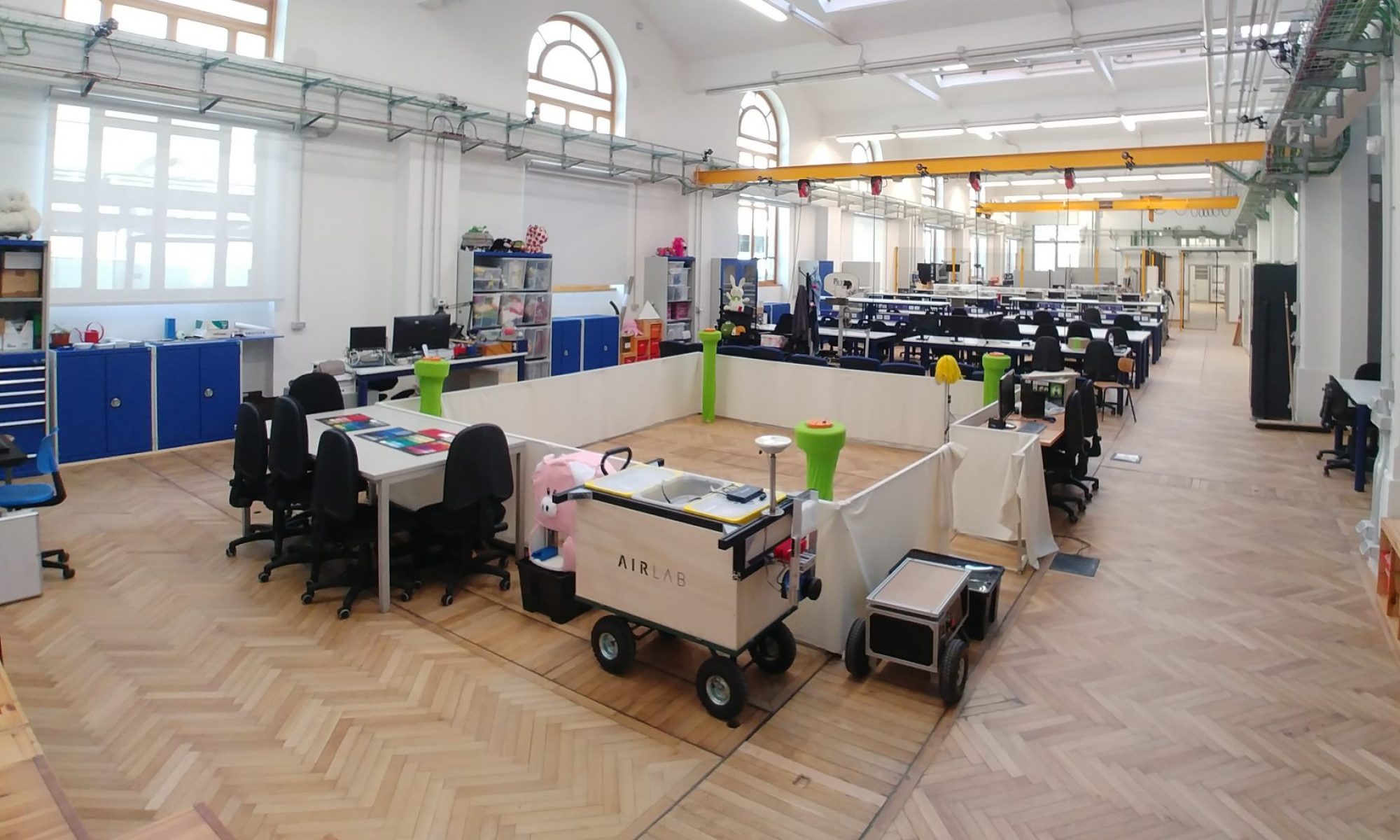The goal of fully automating anomaly detection across all industrial quality control processes through videos or images remains a technological milestone yet to be achieved. Production environments are affected by variable lighting, reflections, and part orientations that can confuse even the most sophisticated image-processing pipelines. Additionally, genuine defects are scarce and diverse—collecting enough labeled examples to train a supervised model often proves impractical, while unsupervised or semi-supervised approaches struggle to distinguish between acceptable tolerances and critical faults. Integrating these systems into high-speed assembly lines further demands low-latency inference without introducing costly downtime or complex model recalibration procedures.
Moreover, maintaining detection performance over time is a moving target: machinery wears, materials change suppliers, and environmental conditions drift, leading to erosion of model accuracy unless continuously monitored and retrained. The interpretability of anomaly predictions also becomes crucial when operators need to verify and act on alerts—black-box models that lack clear reasoning paths risk both inefficiency and mistrust. These combined challenges make automated industrial anomaly detection a fertile ground for research, where innovations in robust vision foundational models, multimodal learning, and explainable AI can deliver significant returns in reliability, safety, and cost savings.

